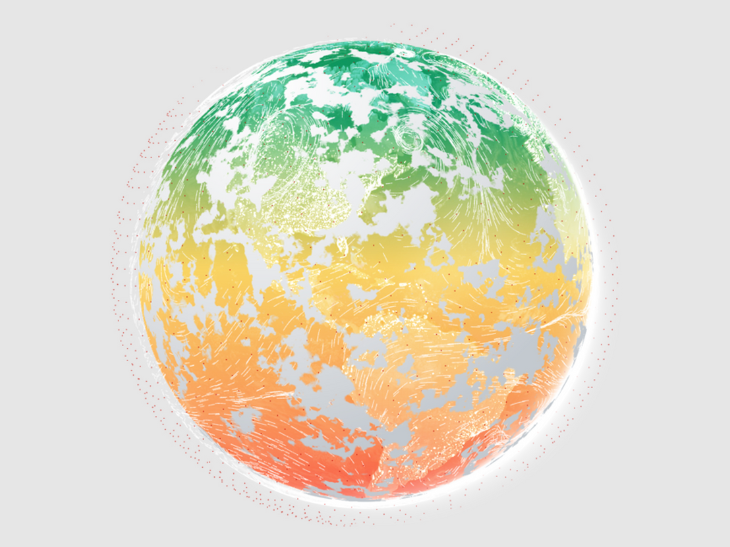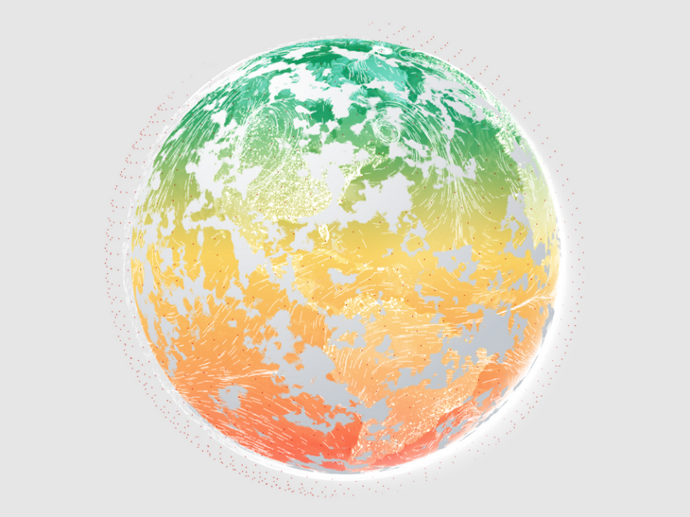Historical Weather API
Spire’s Historical Weather API offers access to a vast database of 30 years of historical weather data. Designed to cater to the diverse needs of industries and researchers, this API provides a wealth of information on past weather conditions at any specific location.
With Spire’s 30 years of historical weather data, users can retrieve accurate and detailed records of temperature, precipitation, humidity, wind patterns, and other meteorological variables for specific dates or time periods. Whether it’s for climate studies, trend analysis, risk assessment, or historical research, the Spire Historical Weather API empowers users with valuable insights into past weather patterns, helping them make informed decisions and gain a deeper understanding of our planet’s climatic behavior.

Some general information for Spire's Historical Weather API:
Variants | Data |
Core Variables | Temperature Dew point Temperature Relative Humidity Wind Speed & Direction Wind Gust Speed Maximum Wind Gust Speed Mean sea-level pressure Total Precipitation Min and Max temperature Cloud cover |
Agriculture Variables | Skin Temperature Specific Humidity Soil Moisture (0-7cm, 7-28cm, 28-100cm, 100-289cm) Soil Temperature (0-7cm, 7-28cm, 28-100cm, 100-289cm) Latent Heat Flux Sensible Heat Flux |
Radiation Variables | Incoming Shortwave Radiation Incoming Longwave Radiation Outgoing Shortwave Radiation Outgoing Longwave Radiation Outgoing Longwave Radiation (top of atmosphere) |
Invariant Fields (Land) | Geopotential Soil Type Low Vegetation Cover Type of Low Vegetation High Vegetarian Cover Type of High Vegetation Terrain height |
| Precipitation Variables | Precipitation Type Maximum Precipitation Rate Total Snowfall Snow Depth |
| Thunderstorm Variables | CAPE CIN |
| Renewable Energy Variables | 100m Wind Speed 100m Wind Direction |
| Other Variables | Surface pressure |
| Maritime Variables | Sea Surface Temperature Total Waves (Combining swell and wind waves): - Significant Height - Mean Direction - Mean Period Maximum Wave Height Sea Ice Fraction |
| Maritime Waves Variables | Wind Waves and Total Swell Waves: - Significant Height - Mean Direction - Mean Period |
| Maritime Swell Waves Variables | Swell Waves Partition 1 and 2: - Significant Height - Mean Direction - Mean Period |
| Invariant Fields (Sea) | Land-Sea Mask Ocean Depth (Model Bathymetry) |
Need a sample to test the product before ordering?
Key features
30+ years global gridded data set
One data point every hour
Collected from Spire's constellation of 100+ satellites
Quick access, easy to use
Ensured format compatibility
Designed for AI and predictive analytics
Key applications

Agriculture
Crop Yield Analysis
Risk Assessment and Insurance
Climate Change Studies
Crop Yield Analysis
Risk Assessment and Insurance
Climate Change Studies

Infrastructure
Planning and Design
Risk Assessment and Resilience Planning
Maintenance and Asset Management
Planning and Design
Risk Assessment and Resilience Planning
Maintenance and Asset Management

Maritime
Vessel Routing and Navigation
Port Operations and Planning
Climate and Environmental Research
Vessel Routing and Navigation
Port Operations and Planning
Climate and Environmental Research
FAQs
A historic weather API is an application programming interface that provides access to historical weather data. It allows developers to retrieve weather information for specific dates, locations, and time ranges, enabling them to analyze past weather patterns and conditions.
Historical weather APIs can provide a wide range of data, including temperature, precipitation, humidity, wind speed and direction, atmospheric pressure, and more. Some APIs may also offer additional information such as solar radiation, snowfall, or air quality indexes.
The availability of historical weather data varies depending on the API provider. Some APIs offer data going back several decades, while others may have more limited historical coverage. Ask us to check Spire’s API documentation to understand the specific time range available for historical data retrieval.
The accuracy of historical weather data depends on the source and methodology used for data collection and processing. Spire strives to offer high-quality and reliable data based on various sources, including weather stations, satellite observations, and numerical weather prediction models. However, it’s important to note that historical weather data may have inherent limitations and uncertainties, especially for older or less well-documented periods.
Most historic weather APIs cover a wide range of locations globally. However, the availability and level of detail may vary depending on the geographic coverage provided by the API provider. It’s recommended to check Spire’s API documentation to ensure that the desired location is supported fully.
API providers may have usage limits or pricing structures based on factors such as the number of requests made, the amount of data retrieved, or the level of service required (e.g., free tier, paid subscription). It’s important to contact us to review Spire’s pricing and usage policies to understand any potential cost implications or restrictions for your intended usage of the historic weather API.
Integrating a historic weather API into your application typically involves making HTTP requests to the API endpoints, specifying the desired parameters such as location, date, and data format. Spire provides documentation and code examples to guide developers on how to authenticate, make requests, and handle responses in their specific programming language or framework.



